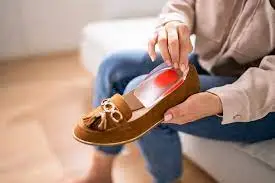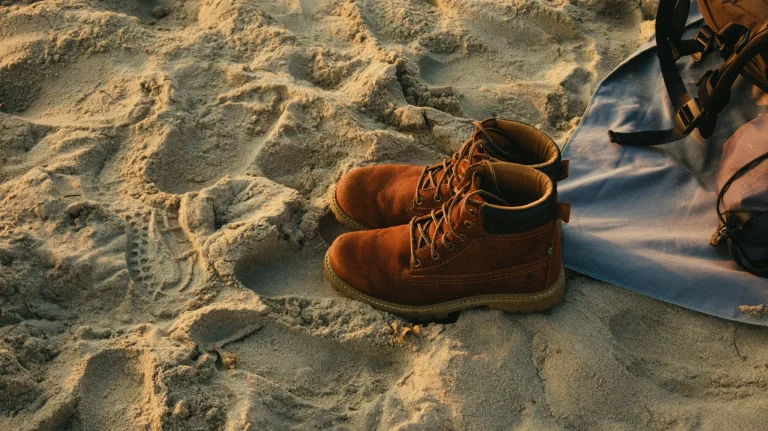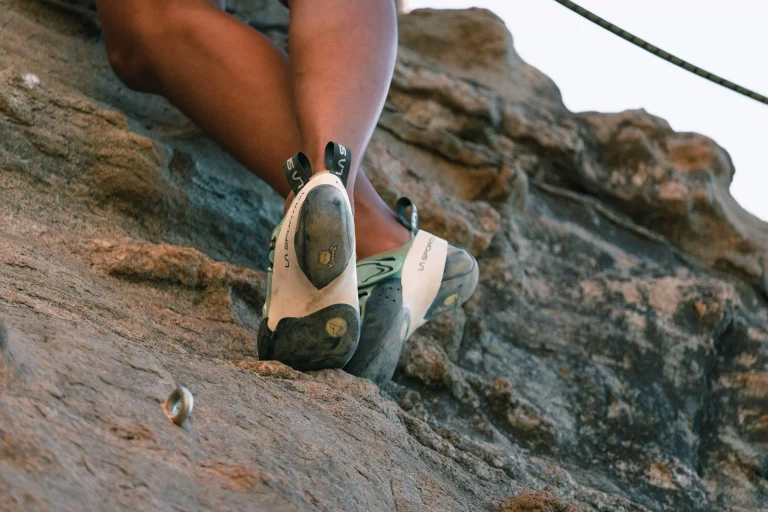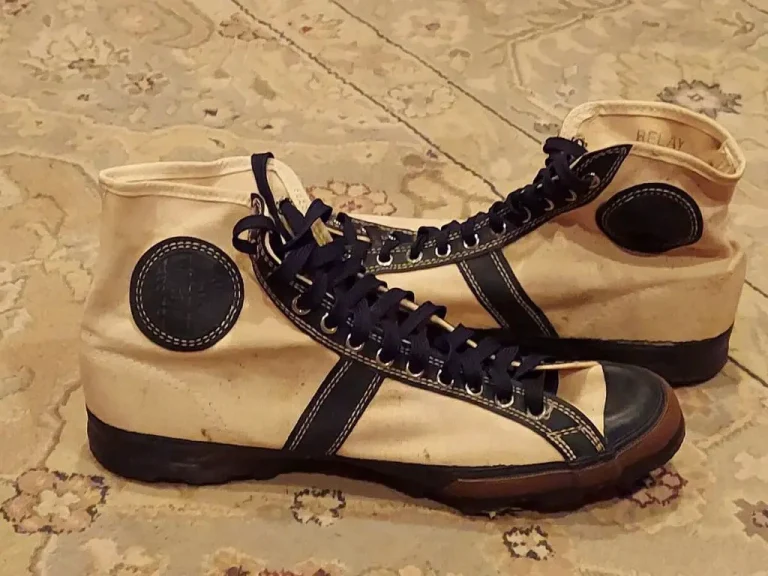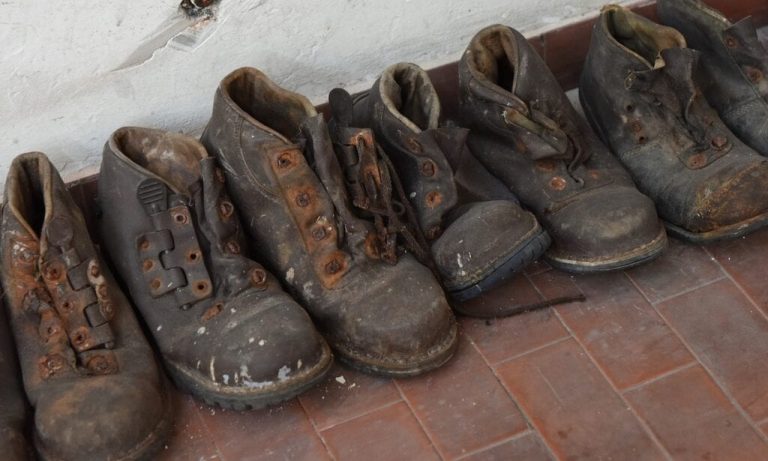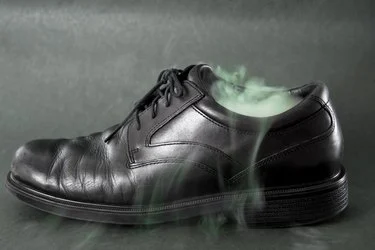How To Make Shoes Smaller Without Insoles?
Have you ever bought a pair of shoes that you absolutely loved, only to find out that they were a bit too big? It can be frustrating to have shoes that don’t fit properly, but luckily, there are ways to make them smaller without having to resort to insoles. While insoles are a common solution, they can sometimes be uncomfortable or take up too much space in the shoe. In this article, we’ll explore five different methods for making shoes smaller without insoles. Whether you’re dealing with a pair of sneakers, boots, or dress shoes, these methods can help you achieve a better fit and get more use out of your favorite footwear. So, let’s dive in and learn how to make shoes smaller without insoles!
Lace Adjustment Techniques:
Adjusting the laces is a simple and effective way to make shoes smaller without insoles. This method works best for shoes with laces, such as sneakers or dress shoes. Here’s how to do it:
Adjusting the laces is a quick and easy way to make shoes smaller without insoles. It’s also a great option if you need to adjust the fit of your shoes on the go. However, keep in mind that this method may not work for all types of shoes, such as slip-on or buckle shoes.
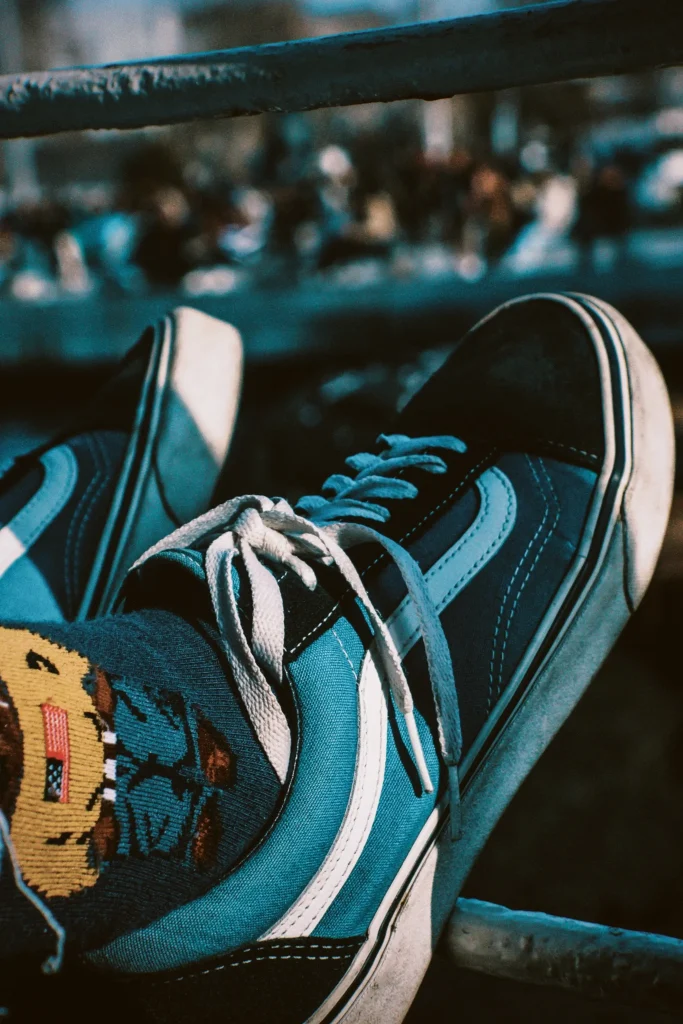
Use heel grips:
Using heel grips is another effective way to make shoes smaller without insoles. Heel grips are small adhesive pads that attach to the inside of the shoe, providing a tighter fit around the heel. Here’s how to use them:
Heel grips are a great option for shoes that are too loose around the heel, such as pumps or dress shoes. They’re also easy to remove if you need to adjust the fit later on. However, keep in mind that heel grips may not work for all types of shoes, such as sandals or shoes with open backs.
Related To: Best Running Shoes For Beginners
Add tongue pads:
Adding tongue pads is another way to make shoes smaller without insoles. Tongue pads are small foam or gel pads that attach to the underside of the tongue of the shoe, pushing your foot back and creating a tighter fit. Here’s how to use them:
Tongue pads are a great option for shoes that are too loose in the toe area, such as dress shoes or boots. They’re also easy to remove if you need to adjust the fit later on. However, keep in mind that tongue pads may not work for all types of shoes, such as sandals or shoes with open toes.
Use moleskin:
Using moleskin is another way to make shoes smaller without insoles. Moleskin is a soft, adhesive-backed material that can be cut to size and placed inside the shoe to create a tighter fit. Here’s how to use it:
Moleskin is a great option for shoes that are too loose in specific areas, such as the heel or toe box. It’s also easy to remove if you need to adjust the fit later on. However, keep in mind that moleskin may not work for all types of shoes, such as sandals or shoes with open toes.
Related To: How To Measure Insole Of Shoe?
Related To: Best Running Shoes For Men
Take shoes to a cobbler:
If none of the above methods work for your shoes, or if you’re dealing with a more complex fit issue, taking your shoes to a cobbler may be the best option. A cobbler is a professional who specializes in repairing and altering shoes. Here’s what a cobbler can do to make your shoes smaller:
Stretching
If your shoes are too tight, a cobbler can stretch them to create a more comfortable fit. This is done by using a stretching machine or by manually stretching the shoe with tools.
Resizing
If your shoes are too big, a cobbler can resize them by removing material from the inside of the shoe or by adding padding to create a tighter fit.
Adding straps or buckles
If your shoes are slipping off your feet, a cobbler can add straps or buckles to keep them in place.
Replacing the insole
If you prefer to use insoles to make your shoes smaller, a cobbler can replace the existing insole with a thinner one to create more space inside the shoe.
Taking your shoes to a cobbler is a great option if you’re dealing with a more complex fit issue or if you want a professional to handle the alteration. Keep in mind that this option may be more expensive than the other methods mentioned. In this article, but it can also provide a more customized and long-lasting solution.
Conclusion
There are several ways to make shoes smaller without insoles. Adjusting the laces, using heel grips, adding tongue pads, and using moleskin are all methods that can help create a tighter fit. These methods are easy to do at home and can save you money compared to buying new shoes or using insoles. However, keep in mind that these methods may not work for all types of shoes or fit issues.

